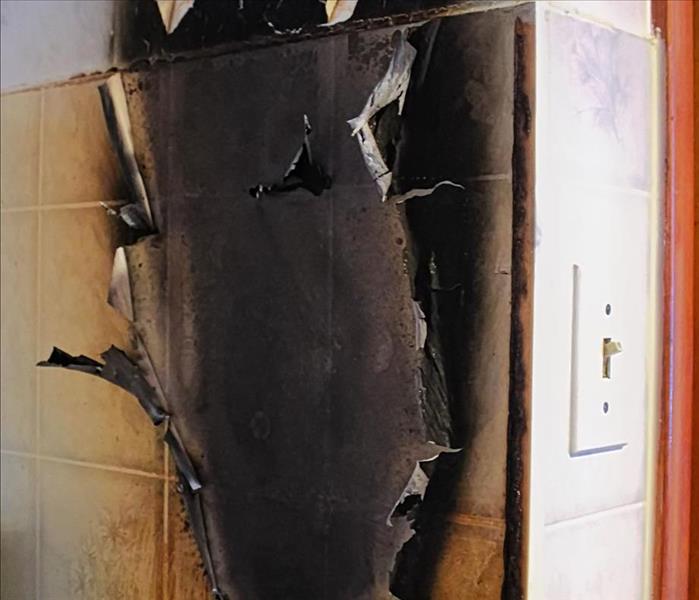Our Fire Damage Experts Discuss The Principles Of Cleaning In St. Petersburg
2/10/2022 (Permalink)
Fire Damage Pros In St. Petersburg Spell Out The Principles Of Cleaning
After a fire starts inside your St. Petersburg home, the elements created by the blaze can ruin many of your contents and building materials. Smoke and heat entering the interior of your house can cause excessive fire damage. Whenever something burns on your property, it is wise to call in a professional restoration company such as SERVPRO. Our technicians know that anything we can clean and restore is cheaper than removing and replacing items.
That being said, cleaning soot residues and debris created by your fire damage project in St. Petersburg can become a significant part of the restoration process. Our SERVPRO technicians always utilize a standard set of processes and procedures when conducting cleaning services. The following six basic principles are helpful to know and put into use when attempting to clean your structural components and contents.
Find Residues
During any restoration project, the first step our SERVPRO team takes is to inspect your entire building for the presence of soils and soot residues created by charring and smoke. Sometimes smoke can get to places that are not easily noticed. We make it a point to find all of the cracks and crevices that smoke went to. Then we test clean the affected areas to figure out the best products and techniques to use during restoration.
Identify The Types Of Residues
Soot residues can come in a large variety of forms. The composition of soils and residues can change based upon what fuels were burned during the fire and other conditions, including the amount of oxygen and the temperature at which the fire burned.
Identify The Type Of Surface The Residue Is On
Various soils and soot residues can adhere to surfaces in different ways. A cleaning technique that works with one type of soil on one surface may not work when attempting to clean a different kind of surface.
Capture Residues In Dry Particulate Form Or In A Solution
Dry cleaning techniques remove and capture residues so that they can be removed, whereas wet cleaning methods capture them inside the water-based cleaning product.
Remove And Properly Dispose of The Residues
Once the soils get captured, we then remove them from the affected area and dispose of them in a way that will not contaminate any previously unaffected areas inside your home.
When a fire adds stress to your life, we can help. Call SERVPRO of NE St. Petersburg at (727) 522-0000 24/7 because We’re Faster to Any Size Disaster.






 24/7 Emergency Service
24/7 Emergency Service